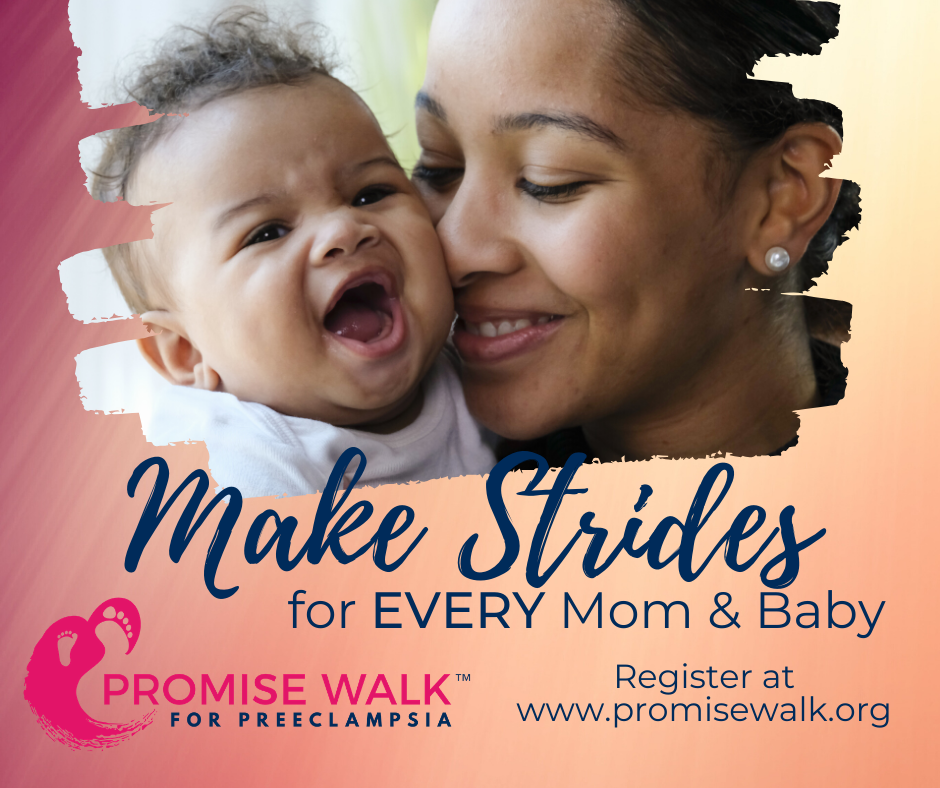
Should pregnant individuals with mild chronic hypertension be delivered early?
Planned early-term delivery in individuals with mild chronic hypertension was not associated with a reduction in adverse maternal outcomes but was associated with an increase in some neonatal complications.
Mild chronic hypertension (or high blood pressure) is a common condition that affects about 2% of all pregnancies in the United States. Women entering pregnancy with high blood pressure (hypertension) are at increased risk for developing preeclampsia and having a preterm birth. Considering these risks, some healthcare providers may recommend early planned delivery (on or after 37 weeks) to try to prevent developing preeclampsia. However, planned delivery before 39 weeks can be associated with increased risks for the baby.
In this study, researchers asked what is the best time to deliver babies for pregnant individuals with mild, pre-pregnancy hypertension to improve health outcomes. The study included over 1,400 participants who were either newly diagnosed or had a history of hypertension, and excluded cases with severe conditions like preeclampsia before 37 weeks. The study compared planned deliveries (inducing labor) and waiting for natural labor at each week of pregnancy. The study found that planned early delivery was not associated with a reduction in adverse maternal outcomes. However, it was associated with increased odds of some neonatal complications such as neonatal intensive care unit admission, respiratory distress syndrome (RDS), transient tachypnea of the newborn (fluid in the lungs), and hypoglycemia (low blood sugar). Delivering at 37 or 38 weeks did not improve serious maternal or neonatal outcomes (including the development of preeclampsia) but delivering early did increase the risk of breathing issues and low blood sugar in babies.
Current American College of Obstetricians and Gynecologists (ACOG) guidelines recommend delivery as early as 37 0/7 weeks of gestation to as late as 39 6/7 weeks for mild chronic hypertension. In a more complex pregnancy or case of preeclampsia with severe features, induction of labor is often recommended earlier than 39 weeks of gestation because the risks associated with ongoing pregnancy are greater than the risks of early-term delivery. More research is needed in order to enhance or change clinical guidelines.
Take Home: The key takeaway is for pregnant individuals with mild chronic hypertension, planning to deliver before 39 weeks does not significantly improve maternal health outcomes and may increase the risk of complications in newborns, such as breathing problems and low blood sugar.
In conclusion, waiting for a planned delivery until 39 weeks of gestation, while considering the overall clinical situation and the potential need for earlier delivery when necessary, may improve outcomes for both mothers and newborns in individuals with mild chronic hypertension. Always follow the guidance of your healthcare provider or maternal fetal medicine specialist on the best time to deliver your baby.
Related Articles

Your story is needed to improve outcomes for moms like you. Add your voice to critical preeclampsia research to ensure that every story is heard.

Frequently asked questions about the Preeclampsia Registry, a patient-driven registry and biobank.

The Preeclampsia Foundation offers research funding, study recruitment, and other patient engagement services to researchers.

We provide research grant funding to advance progress towards detection, prevention, or treatment of preeclampsia, HELLP syndrome, and other hypertensive disorders of pregnancy.
1732072344.png)
While the Preeclampsia Foundation has been championing patient advocacy and representation for all families affected by hypertension in pregnancy throughout our 25 year history, we recognized the uniq...

Genetic predictors of blood pressure traits are associated with preeclampsia Although underlying causes of preeclampsia are not fully understood, there is evidence suggesting a strong genetic compone...

Hypertensive disorders of pregnancy (HDP) are a leading cause of maternal mortality and can put both mother and baby at risk for problems during pregnancy. Women who had HDPs have postpartum risk...

Elevated Blood Pressure in Pregnancy and Long-Term Cardiometabolic Health Outcomes This study looked at how elevated blood pressure during the third trimester of pregnancy affects cardiometabolic hea...

Hypertensive Disorders of Pregnancy and Brain Health in Midlife: The CARDIA Study Hypertensive disorders of pregnancy, gestational hypertension (GH) and preeclampsia, (hypertensive disorders of preg...



